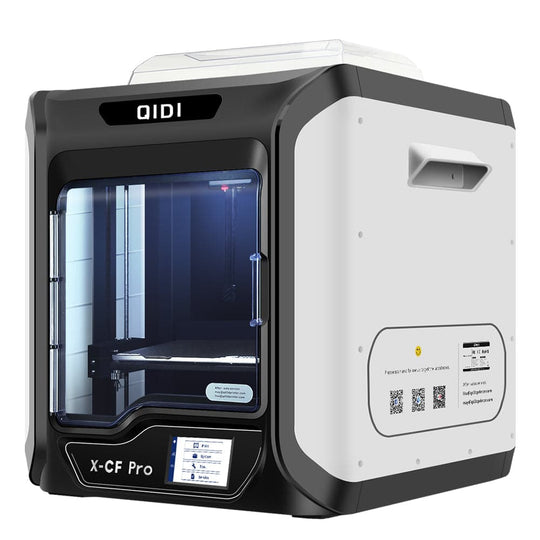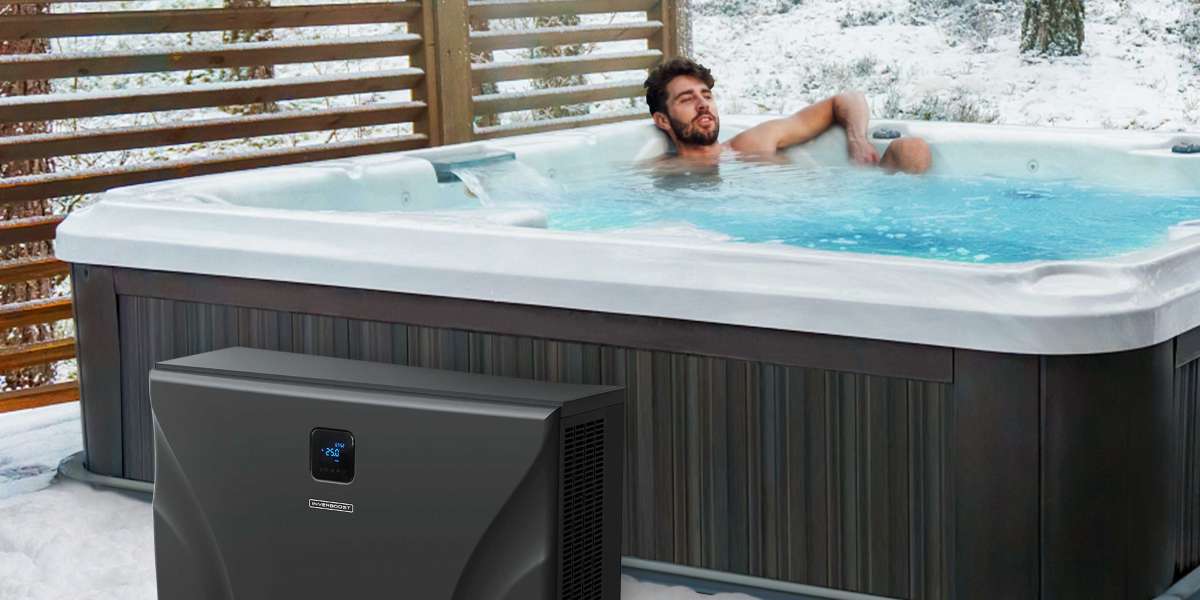When it comes to integrating 3D printing technology into your business, choosing the right FDM 3D printer is crucial. Fused Deposition Modeling (FDM) is a popular 3D printing technology that offers a wide range of applications for businesses, from rapid prototyping to manufacturing end-use parts. In this article, we will explore the key factors to consider when selecting the right FDM 3D printer for your business needs.

Understanding Your Business Requirements
Before diving into the technical specifications of FDM 3D printers, it's essential to understand your business requirements. Consider the size of the objects you intend to print, the desired level of detail, the materials you plan to use, and the expected production volume. For example, if your business focuses on producing small, intricate parts, you'll need a printer with high precision and fine layer resolution. On the other hand, if you're aiming for larger prototypes or functional parts, a printer with a larger build volume would be more suitable.
Key Technical Specifications
When evaluating FDM 3D printers, several technical specifications play a crucial role in determining their suitability for your business needs. These include layer resolution, filament compatibility, build volume, print speed, and connectivity options. The layer resolution determines the level of detail and surface finish of the printed objects, while filament compatibility dictates the range of materials you can use. A larger build volume allows for the production of bigger parts, and faster print speeds can increase overall productivity. Additionally, connectivity options such as Wi-Fi or Ethernet can streamline the printing process and enable remote monitoring.
Reliability and Support
Reliability is paramount when selecting an FDM 3D printer for your business. Look for printers with a proven track record of consistent performance and minimal downtime. It's also essential to consider the availability of technical support and maintenance services. A reliable manufacturer or supplier should offer comprehensive support, including troubleshooting assistance, spare parts availability, and software updates. This ensures that your 3D printing operations remain smooth and uninterrupted, minimizing potential disruptions to your business.
Cost and Return on Investment
While the initial cost of the FDM 3D printer is a significant factor, it's essential to assess the long-term return on investment (ROI). Consider the total cost of ownership, including maintenance, consumables, and energy consumption. A higher initial investment in a more advanced and reliable printer may result in lower operating costs and higher productivity over time. Additionally, evaluate the potential impact of 3D printing on your business, such as reduced lead times, customized product offerings, and the ability to iterate designs rapidly. These factors contribute to the overall ROI of integrating an FDM 3D printer into your business.
Choosing the right fdm 3d printer for your business needs requires careful consideration of various factors, from technical specifications to long-term cost implications. By understanding your specific requirements, evaluating key features, ensuring reliability and support, and assessing the overall ROI, you can make an informed decision that aligns with your business goals. Whether you're a small-scale startup or a large-scale enterprise, the right FDM 3D printer can significantly enhance your production capabilities and drive innovation in your business.







